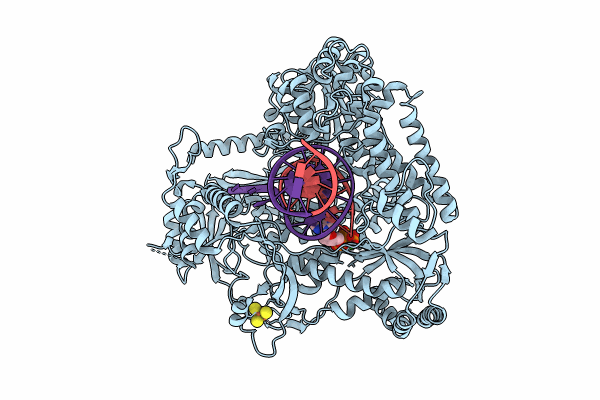
Deposition Date
2024-05-01
Release Date
2024-08-07
Last Version Date
2024-12-25
Entry Detail
PDB ID:
9F6I
Keywords:
Title:
Human DNA Polymerase epsilon bound to T-C mismatched DNA (Post-Insertion state)
Biological Source:
Source Organism:
Homo sapiens (Taxon ID: 9606)
Host Organism:
Method Details:
Experimental Method:
Resolution:
3.30 Å
Aggregation State:
PARTICLE
Reconstruction Method:
SINGLE PARTICLE


